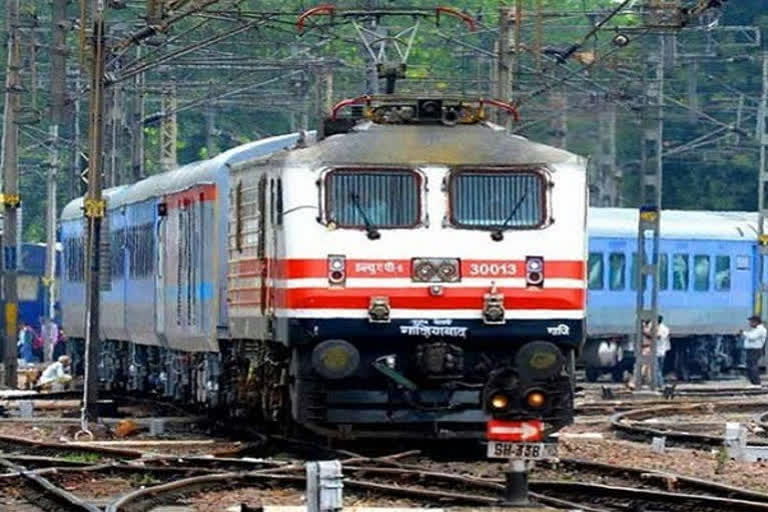New Delhi: Indian Railways has started surveying high-volume, high-frequency, short-distance routes as it seeks to regain its prominent position in freight movement in the country from where it has been pushed out by more nimble truck operators who weaned away a large chunk of Railways’ freight business over the years.
“Our Business Development Units have begun surveying short-distance routes where volume of traffic is very high,” VK Yadav, Chairman of Railway Board told ETV Bharat.
Bulk of the Railways freight business comes from transporting coal, iron and steel, raw material for steel, including iron ore, cement, food grains, fertilisers and containers, among other things.
The national transporter, which once commanded the majority share of freight movement in the country, now accounts for only one third of the total freight business.
In order to improve its market share in the freight business, Indian Railways is working on an ambitious programme, which includes operationalization of two dedicated freight corridors, Western Dedicated Freight Corridor (WDFC) between Delhi and Mumbai, and Eastern Dedicated Freight Corridor (EDFC) between Ludhiana and Kolkata by June next year.
Read more: ESIC relaxes norms, to pay 50% of three months' wages to unemployed workers
In addition to this, the Railways will build three more dedicated freight corridors with a total length of 4,000 kilometers in the next 10 years. These new freight corridors will be developed under the Public-Private Partnership (PPP) mode.
Railways to make its RO-RO service more efficient
In addition to capturing short-distance high-volume business for its wagons, the Railways also runs roll-on and roll-off (RO-RO) service in some clusters.
Under this mode, truckers provide last mile goods collection and delivery services while major distance is covered by Railways as it loads the entire truck, loaded with goods, on open Railway wagons and delivers them at a distant destination.
However, the existing RO-RO system is an inefficient system as it also adds the weight of trucks in the goods to be transported as Indian truckers don’t use containers but prefer to load the entire truck on Railway wagons.
In order to reduce this inefficiency, Indian Railways is working to create awareness and capacity building of truck partners.
“We are trying to move towards a container based approach for our Roll-on Roll-off services rather than loading the trucks. We are talking to truck operators so that they can shift to container based mode,” VK Yadav said in response to a question by ETV Bharat.
(Article by Krishnanand Tripathi)



